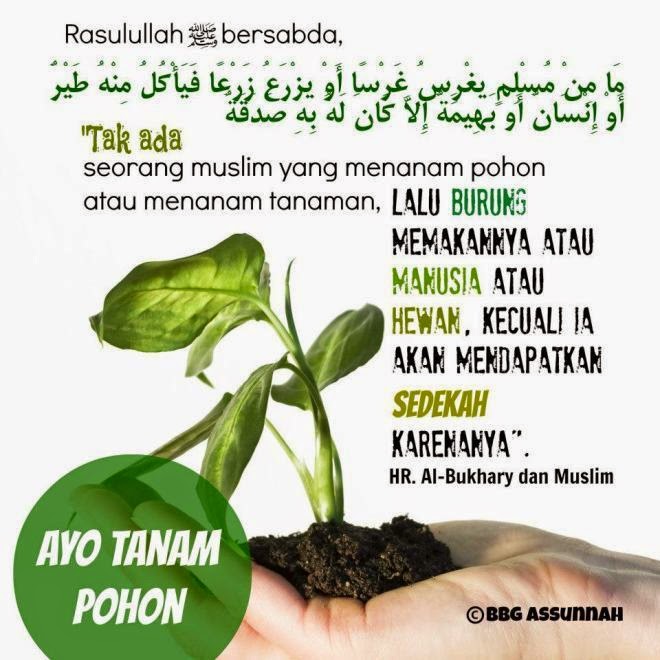
Mengkomsumsi habbatus sauda yang sudah diteliti secara kedokteran dan ditulis dijurnal-jurnal ilmiah kedokteran bahwasanya habbatus sauda dapat meningkatkan daya tahan tubuh.
Rasulullah shallallahu ‘alaihi wa sallam bersabda,
”Sesunggunya pada habbatussauda’ terdapat obat untuk segala macam penyakit, kecuali kematian” [Muttafaqun ‘alaihi HR. Bukhori no. 5687, Muslim no. 2215]
Jika daya tahan tubuh kuat dan tinggi, maka secara kedokteran semua penyakit ada kemungkinan sembuh. bahkan kankerpun bisa sembuh dengan daya tahan tubuh yang baik. sel kanker bisa dideteksi dan dihancurkan oleh sel-sel imunitas. akan tetapi banyak faktor yang mempengaruhi kesembuhan seseorang tidak hanya imunitas saja. dan juga habbatussauda juga perlu penelitian dan pengalaman thabib agar bisa menjadi obat karena dalam hadits ini masih bahannya saja. tidak bisa hanya diminum 2 kapsul 3 x sehari saja tanpa ada bimbingan dan arahan thabib.
Ulama dan dokter muslim yang terkenal Ibnu Qoyyim Al-Jauziyah rahimahullahu dalam kitab tibbun nabawi menjelaskan tentang habbatus sauda:
“Habbatus sauda memiliki sangat banyak manfaat, sabda Rasulullah shallallahu ‘alaihi wa sallam, “obat untuk segala macam penyakit”, sebagaimana firman Allah, “Menghancurkan segala sesuatu dengan perintahan Rabb-nya”. Yaitu segala sesuatu yang bisa hancur dan semisalnya. Dan habbatus sauda bermanfaat menyembuhkan segala macam penyakit yang bersifat dingin dan penyakit yang bersifat panas dan kering.” [Tibbun Nabawi hal 287, maktabah Ats-Tsaqofiy, Koiro, Tahqiq Dr. Hamid Muhammad Ath-Thohir]
Sumber: http://kesehatanmuslim.com/alasan-medis-bahwa-habbatussauda-mengobati-segala-macam-penyakit/













![[icon: moss]](http://www.perspective.com/nature/plantae/moss-1585-5-120.jpg)
![[icon: lwort1]](http://www.perspective.com/nature/plantae/scapania-0954-2-120.jpg)
![[icon: hwort]](http://www.perspective.com/nature/plantae/phaeoceros-3555-4-120.jpg)
![[icon: lwort2]](http://www.perspective.com/nature/plantae/asterella-cal-1394-25-120.jpg)







